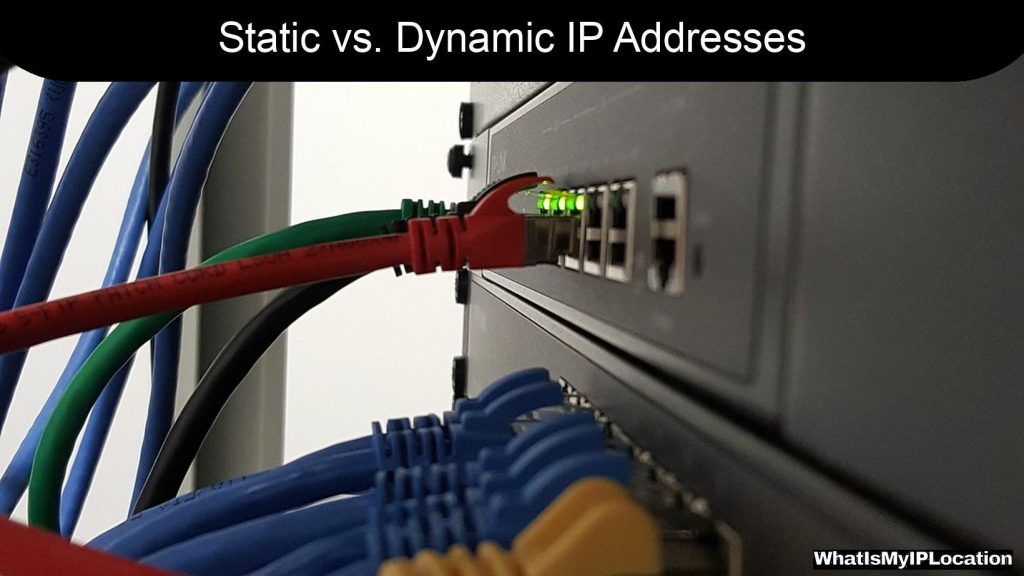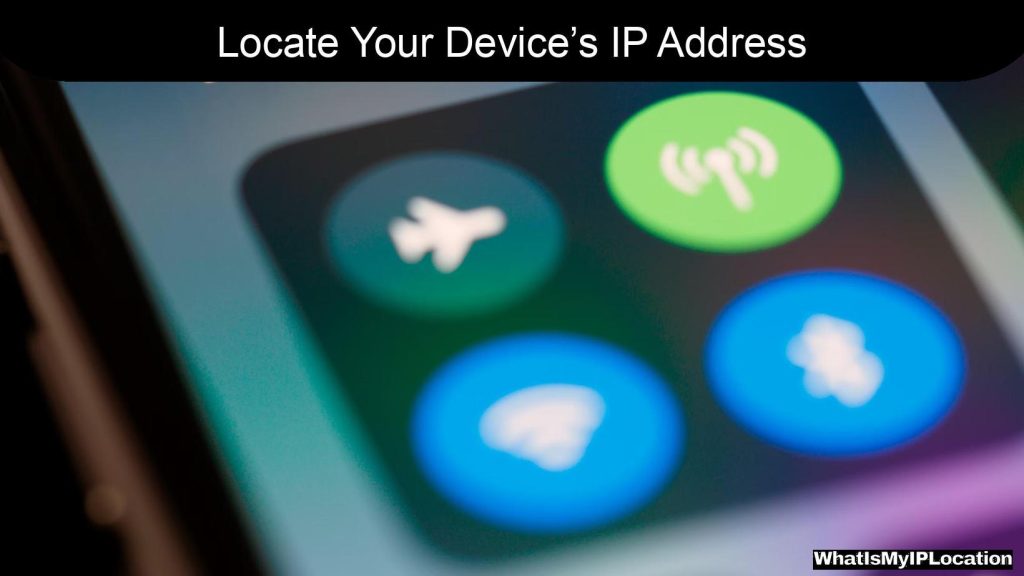DDoS protection employs a combination of traffic filtering, rate limiting, and anomaly detection to identify and mitigate malicious traffic, ensuring legitimate users maintain access. By distributing incoming requests across multiple servers, it effectively absorbs and neutralizes the impact of overwhelming attack volumes.
When it comes to online security, one threat stands out: Distributed Denial of Service (DDoS) attacks. These cyber attacks can bring down websites and disrupt services, causing major headaches for businesses. But how do DDoS attacks work, and more importantly, how can we protect against them? Let’s dive into the essentials of DDoS protection.
What is a DDoS Attack?
A DDoS attack happens when multiple systems flood a target, usually a website or server, with traffic. Imagine a big crowd trying to get into a small store all at once. The result? No one gets in. For online services, this means legitimate users can’t access the website, which can lead to lost sales and frustrated customers.
Types of DDoS Attacks
DDoS attacks come in various forms, and knowing the differences can help in choosing the right protection method.
-
Volume-Based Attacks: This type overwhelms the server with a high volume of traffic. It’s like sending a tidal wave of data that crashes the site.
-
Protocol Attacks: These focus on exploiting weaknesses in the network protocols. Think of it as jamming all the doors of a store so no one can enter.
-
Application Layer Attacks: Targeting the device that processes requests, these attacks are like a thief pretending to be a customer to gain access. They’re harder to spot because they mimic legitimate traffic.
Why Protect Against DDoS Attacks?
You might be wondering, “Why should I care about DDoS attacks?” The short answer is simple: they can really hurt your business.
-
Downtime Costs: Every minute your site is down can cost you money. Studies show that downtime can lead to thousands of dollars lost per hour.
-
Reputation Damage: If your customers can’t access your services, they may turn to competitors. Once trust is lost, it’s tough to get it back.
-
Cyber Insurance Costs: If your business falls victim to a DDoS attack, you might face higher insurance premiums. Staying protected could keep those costs down.
How Does DDoS Protection Work?
DDoS protection is like having a security system in place. There are several strategies and technologies to help fend off attacks:
1. Traffic Analysis
Monitoring traffic patterns is crucial. Security tools analyze whether traffic is normal or if there’s a sudden spike that could indicate an attack. You can think of this as having a bouncer at the door checking who’s coming in.
2. Traffic Filtering
Security systems can filter out malicious traffic while allowing legitimate users through. Much like a security guard checking IDs, this ensures that only the right people get access.
3. Rate Limiting
This technique restricts the number of requests a user can make in a given time. If someone tries to flood your site with requests, they’ll be slowed down. It’s like telling the crowd to disperse and come back one at a time.
4. Redundancy and Load Balancing
Using multiple servers and spreading traffic across them can help maintain service during an attack. If one server is targeted, others can take the load. Imagine opening several entrances to a store to prevent crowding at the door.
5. Content Delivery Networks (CDNs)
CDNs can help absorb excess traffic and distribute it globally, making it harder for attackers to succeed. It’s like having multiple branches of your business spread out, so an attack on one doesn’t take the whole company down.
Who Needs DDoS Protection?
If you run a business online, you should consider DDoS protection. Here’s why:
-
E-commerce Sites: If your store goes down, so do your sales.
-
Financial Services: Banks and financial institutions need to remain available for customers at all times.
-
Gaming Companies: Online games can suffer significantly from delays or outages due to DDoS attacks.
-
SaaS Providers: Software as a Service companies run a risk of losing customers if their services become inaccessible.
How to Choose the Right DDoS Protection?
When it comes to selecting DDoS protection, here are some key factors to consider:
1. Scale of Protection
Evaluate how much traffic you typically handle and what potential attacks might look like. Make sure your protection can scale with your needs.
2. Cost Considerations
Look at your budget. DDoS protection services vary widely in price, so find a solution that fits your financial plan without cutting corners on security.
3. Ease of Use
Protection should be simple to implement. Look for solutions that integrate well with your existing systems.
4. Reputation of the Provider
Research potential providers. Check reviews and see how they handle past incidents. A trustworthy provider should have proven history in stopping attacks.
Best Practices for DDoS Defense
To bolster your DDoS protection further, consider these best practices:
1. Regularly Update Your Security Measures
Always ensure your firewall settings and security protocols are current. Cyber threats change, so keeping your defenses up-to-date is essential.
2. Educate Your Team
Train your staff on cybersecurity awareness. Sometimes, it’s human error that opens the door to attacks.
3. Develop an Incident Response Plan
Have a plan in place ready to spring into action. Know what steps to take if an attack occurs.
4. Implement Layered Security
Use multiple security measures in combination. This approach adds extra layers of defense, making it harder for attacks to succeed.
FAQs About DDoS Protection
What are the signs of a DDoS attack?
Common signs include a sudden spike in traffic, slower response times for your website, or complete unavailability of your site.
Can DDoS attacks be prevented?
While you can’t completely prevent them, you can significantly reduce the risk and mitigate the effects with the right protection measures.
How much does DDoS protection cost?
Costs vary widely depending on the scale and features of the protection service. It’s best to get quotes from several providers.
What should I do if my site is attacked?
Implement your incident response plan, contact your DDoS protection provider, and monitor your traffic closely for further issues.
Wrapping It Up
DDoS attacks are a significant threat in today’s digital world, but with the right protection measures, you can defend against them effectively. Understanding how DDoS attacks work and taking proactive steps can save you headaches down the road. Remember—staying aware and prepared is your best defense!


